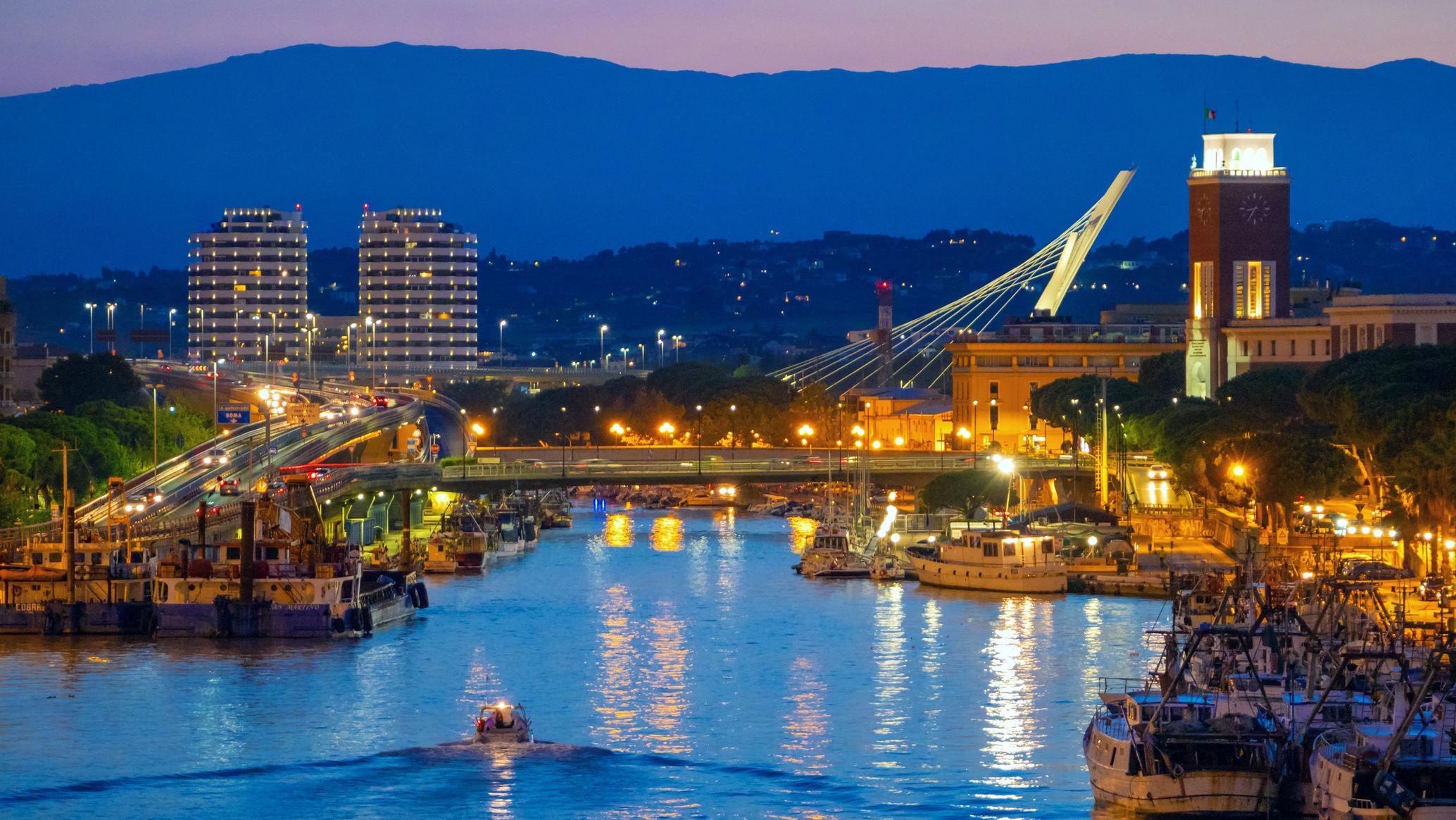The coastline of Abruzzo stretches for 125km, from the border with Marche to the resort of Vasto. Pescara is the main resort along the Abruzzo coastline. It’s also the closest town to Abruzzo’s airport. Low-cost flights from the UK land in this area. It is a great base for exploring the medieval villages of Loreto Aprutino or Atri. The next stop on the coast is the charming town of Chieti which houses an archeological museum.
Chieti
Chieti is located about half an hour southwest of Pescara by bus or train. It is located on a steep ridge and offers spectacular views of the Majella, Gran Sasso and sea peaks. It is also home to Abruzzo’s best archeological museum. The main Corso marrucino runs through town from the cathedral. It is a large and well-reconstructed structure. Three little Roman temples are still visible just behind the Via Spaventa post office.
Museo Archeologico Nazionale di Abruzzo
The Museo Archeologico Nazionale di Abruzzo is located in the elegant Villa Comunale. It contains finds from Abruzzo’s most important sites. These include a large and muscular white-marble Hercules, a statue of him made of bronze, which is one of many Roman copies of the Greek version by Lysippus. The Capestrano Warrior statue, a Bronze Age warrior-prince with unusually feminine hips.
The coast to the south of Pescara
The coast south of Pescara becomes less developed. However, there is a long ribbon of sand that continues, which is followed by the train line, punctuated by small resorts. The hilltop Vasto and Marina di Vasto, a seaside resort, are great places to spend a holiday on the beach. Termoli can be used as a jumping-off point for trips into the Tremiti Islands.
Vasto
Vasto, located 75km from Pescara, close to the border of Molise is an old city. It was built on the site the Roman town Histonium, and overlooks the resort Marina di Vasto. There are many campsites and reasonable hotels along the sandy beach. The beach is palm-lined and beach-hutted at the center, while the area to the north is wilder and more rocky. Trabocchi devices, which are installed every now and again, can be found in the middle. These crane-like devices are made of nets and wooden beams that can be used to scoop up fish.
Vasto is all about beaches, but if you are only here for a few days, you can take a bus to the top of the town from the train station at the seafront. The campaniles and roofs rise above the olive groves and palms. Piazza Rossetti is the town’s centre, dominated by Castello Caldoresco.
Accommodation and dining
The beach at Vasto Marina is the main area of activity, as well as San Salvo further south, where there are plenty of bars, pizzerias, and hotels. In July and August, half-board is required by hotels.
Chariot racing in the Albanian villages
Buses depart from Termoli and travel to the remote villages of Portocannone (12km south) and Ururi (15km further). It is because of their remoteness that six hundred years ago, their ancestors fled Albania to establish a dialect called Albanian-Italian. Most visitors visit the villages during their annual carressi, or chariot races. Portocannone’s occurs on the Monday following Whit Sunday, while Ururi’s takes place at the beginning May. The carresse, a race on gladiator-style carts pulled by bulls and pushed along by spiked pole-wielding men on horseback, is fierce and furious. The race is brutal: horses are given beer to stimulate them before the race, and the riders must push the carts backwards. However, the bulls have been given electric shocks to keep them awake. Although the race is frightening, it’s also unforgettable. Bulls, spikes, and carts rush past the crowds of panicked people, which are now protected by wire fences. However, there are almost always injuries.
